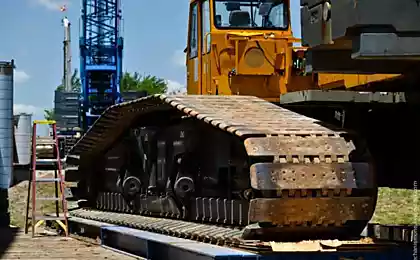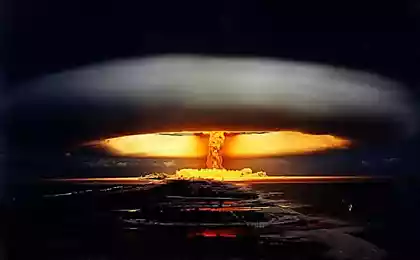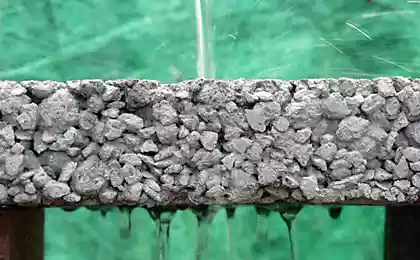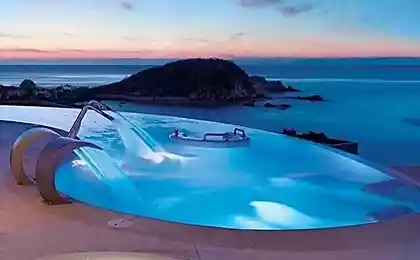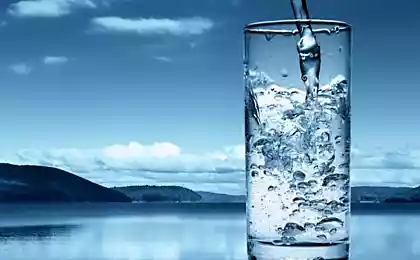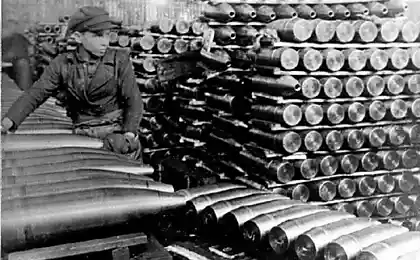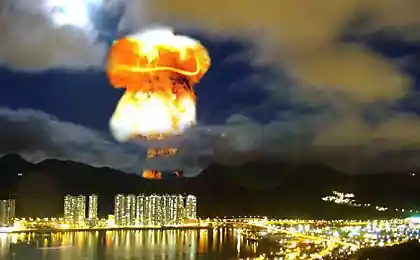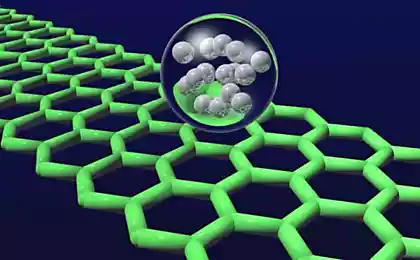120
In Germany, tested underwater accumulator
A hydro-storage power plant is an old technology with a relatively simple idea: when electricity is abundant and it is cheap, water is pumped into a tank above the turbine, and when it becomes more expensive, it is lowered through the turbine and generate electricity. Usually, such HPPs complement the main power plants and equalize the heterogeneity of the daily load schedule.
The Institute of Wind Energy has successfully completed testing of a 3-meter-diameter concrete ball that was lowered to the bottom of Lake Constance in the Alps last November, complete with a turbine and pump. It acted in a similar way to the HPP: when electricity was cheap, water was pumped into the sphere, and when it rose in price, released, and it rotated the turbine.
According to the scientists, the diameter of the real spheres should be 30 m, and they should be placed at a depth of 700 m, at the bottom of the oceans. If each such sphere is equipped with a turbine of 5 MW, the battery will be able to produce 20 MWh, and the discharge time will be 4 hours.

Such an underwater “energy park” can be connected to the nearest offshore wind station to give the power system reliability. According to scientists, this becomes economically viable only on a large scale. They estimate that more than 80 such areas are needed “to achieve relevant overall performance and capacity.”
In the near future, the institute plans to conduct tests with a sphere of larger diameter and for longer periods. Although commercial implementation is still at least 3-5 years away, industrial partners and sponsors are interested in further financing the project.
The Hamburg authorities also plan to store energy where it does not disturb anyone. To do this, they are going to adapt underground reservoirs with salt water: in summer warm water is pumped into the tank, and in winter it is extracted from the storage and used for heating and other purposes.
P.S. And remember, just changing our consumption – together we change the world!
Source: hightech.fm/2017/03/07/underwater-energy-storage
The Institute of Wind Energy has successfully completed testing of a 3-meter-diameter concrete ball that was lowered to the bottom of Lake Constance in the Alps last November, complete with a turbine and pump. It acted in a similar way to the HPP: when electricity was cheap, water was pumped into the sphere, and when it rose in price, released, and it rotated the turbine.
According to the scientists, the diameter of the real spheres should be 30 m, and they should be placed at a depth of 700 m, at the bottom of the oceans. If each such sphere is equipped with a turbine of 5 MW, the battery will be able to produce 20 MWh, and the discharge time will be 4 hours.

Such an underwater “energy park” can be connected to the nearest offshore wind station to give the power system reliability. According to scientists, this becomes economically viable only on a large scale. They estimate that more than 80 such areas are needed “to achieve relevant overall performance and capacity.”
In the near future, the institute plans to conduct tests with a sphere of larger diameter and for longer periods. Although commercial implementation is still at least 3-5 years away, industrial partners and sponsors are interested in further financing the project.
The Hamburg authorities also plan to store energy where it does not disturb anyone. To do this, they are going to adapt underground reservoirs with salt water: in summer warm water is pumped into the tank, and in winter it is extracted from the storage and used for heating and other purposes.
P.S. And remember, just changing our consumption – together we change the world!
Source: hightech.fm/2017/03/07/underwater-energy-storage
Created eco-friendly tires with the addition of food waste
12 habits that help Chinese women to maintain youthfulness
